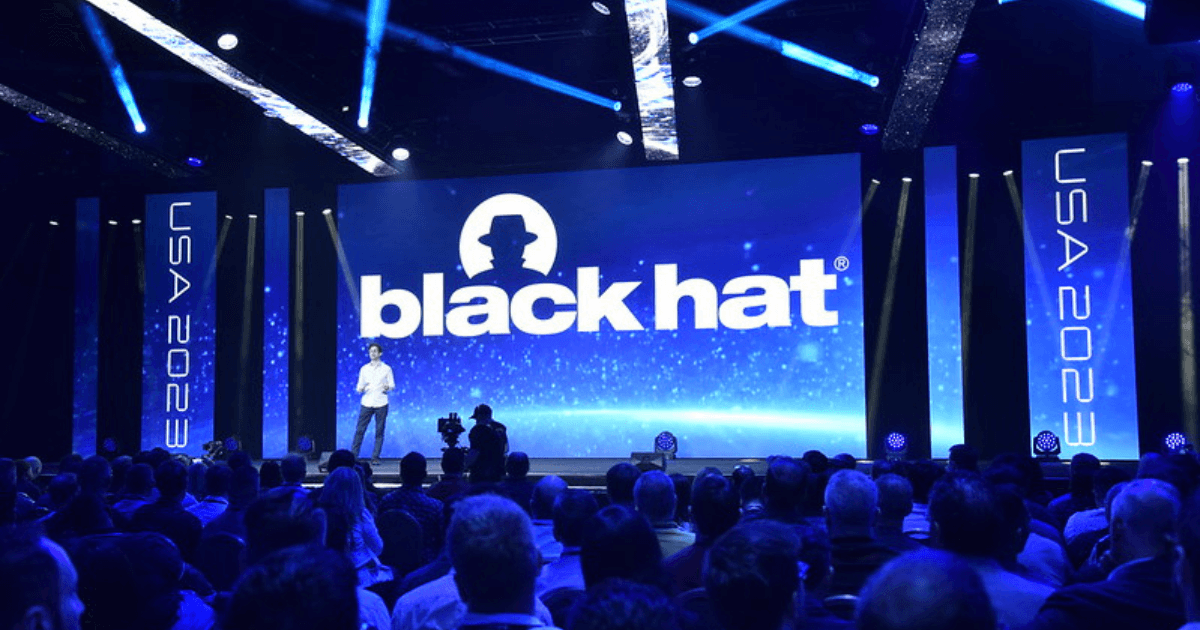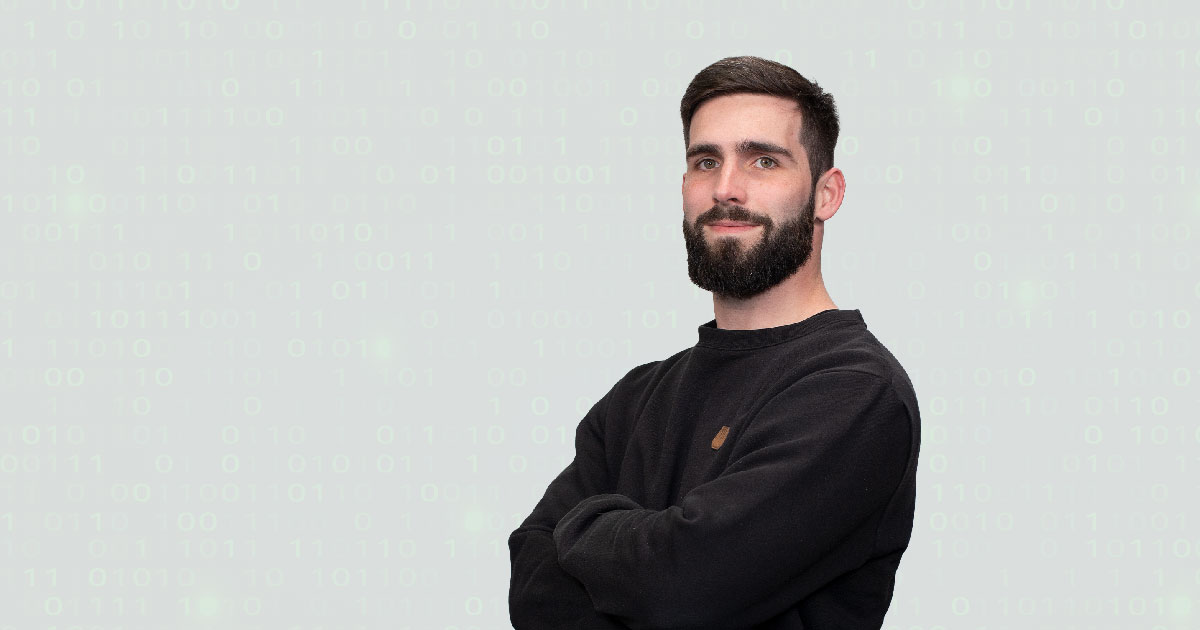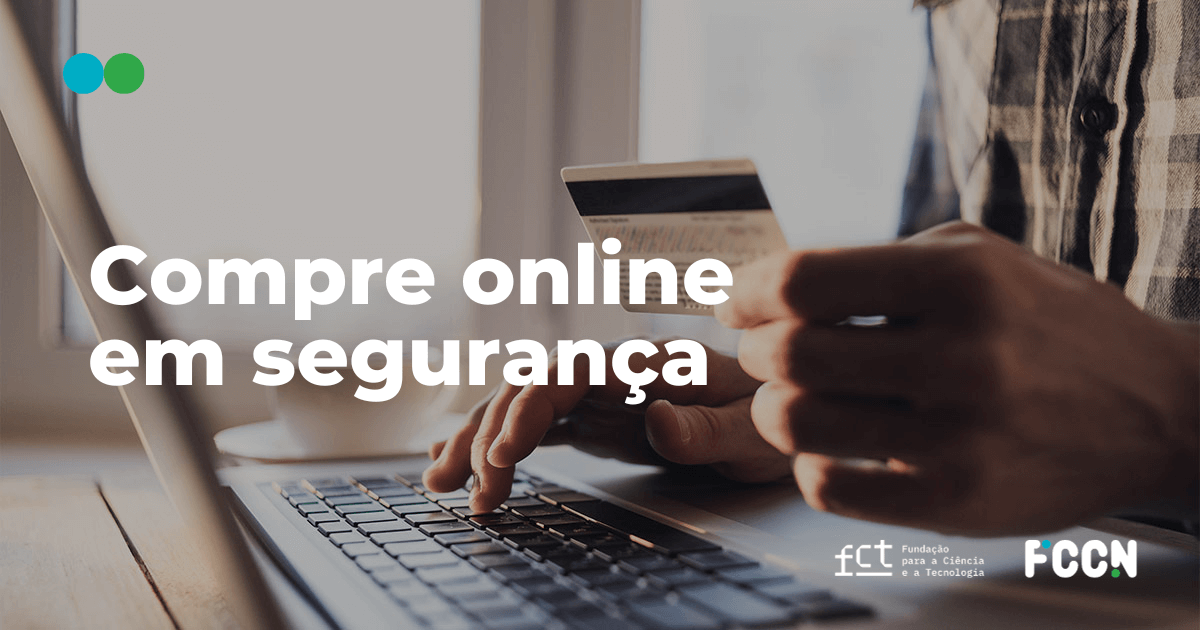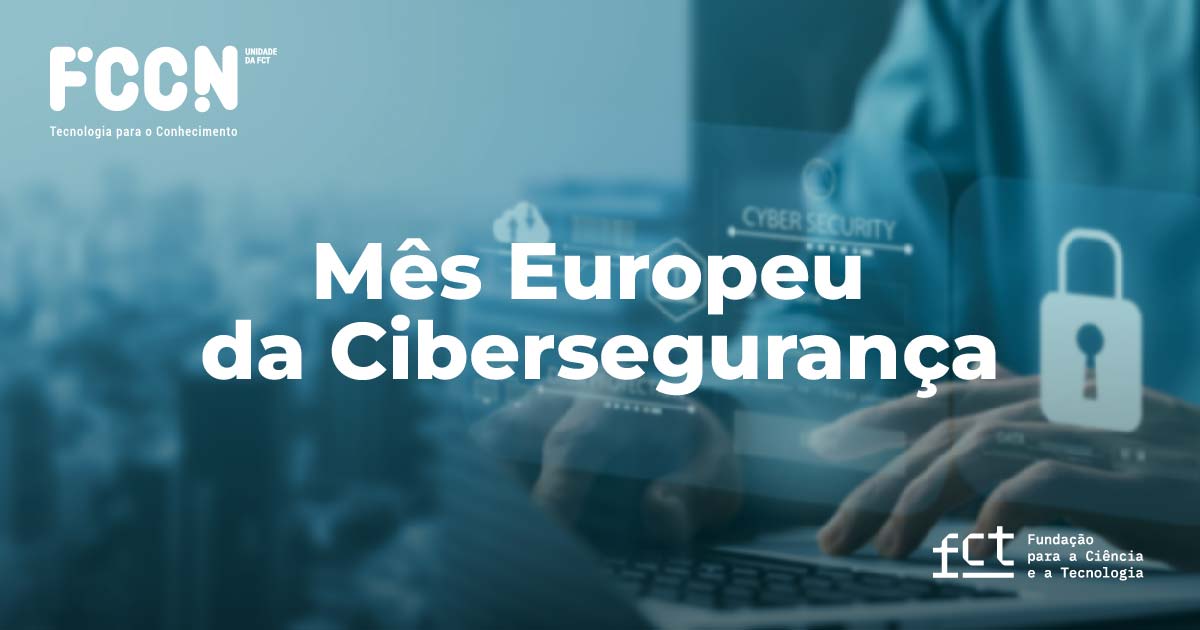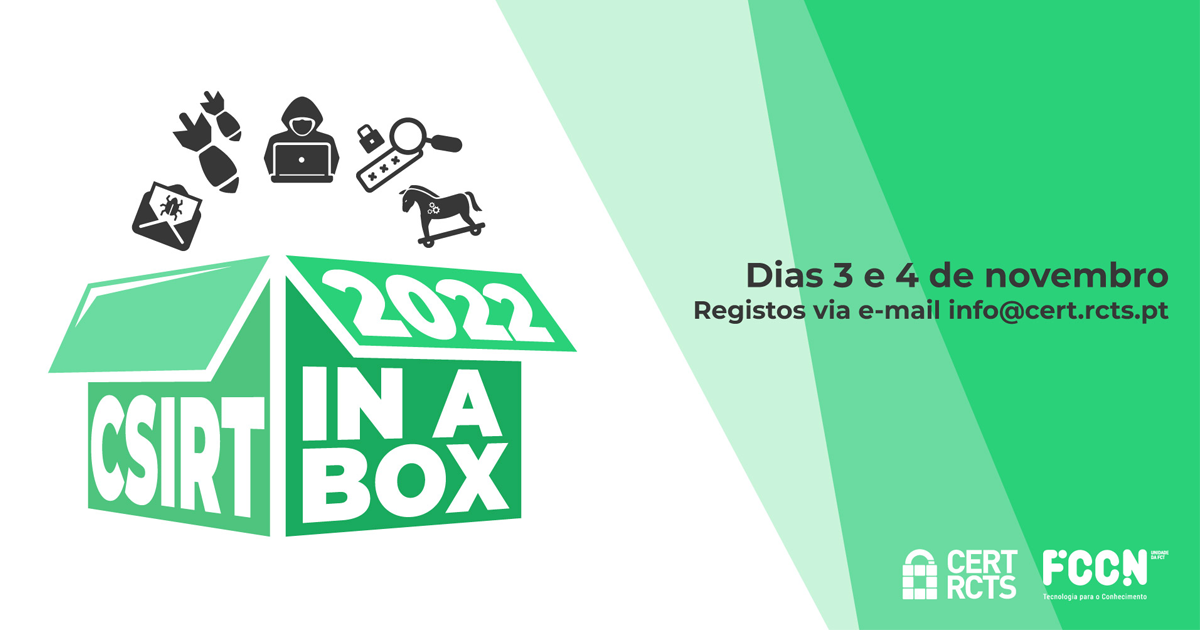

O gestor do serviço de cibersegurança (RCTS CERT) da Unidade FCCN da Fundação Ciência e a Tecnologia (FCT), Carlos Friaças, tece algumas considerações sobre a cibersegurança na Rede Ciência, Tecnologia e Sociedade (RCTS) durante a pandemia. Outubro é o Mês Europeu da Cibersegurança – uma iniciativa da ENISA que visa “promover a segurança informática junto dos cidadãos, empresas e entidades públicas”
Quais são alguns dos desafios na área da cibersegurança que o contexto de pandemia apresentou à RCTS, durante os últimos meses?
Um dos desafios, talvez um pouco inesperado, foi a questão da invasão de sessões de videoconferência, onde foram reportadas várias situações – umas vezes insólitas e, noutros casos, de extrema gravidade. Fizemos o apelo aos utilizadores dos serviços disponibilizados pela RCTS para que recorressem aos mecanismos de segurança existentes nas diversas ferramentas. Colocar uma palavra-passe na sessão que se pretende realizar, por exemplo, passou a ser fundamental.
Em relação aos casos de compromisso de conta, temos a perceção que foi um fenómeno que teve continuidade durante a pandemia. O afastamento físico das pessoas das instalações das instituições terá contribuído para que alguns casos levassem mais algum tempo a serem mitigados.
Por fim, creio que a disponibilização de meios para permitir o trabalho remoto (VPN), numa fase inicial, também levantou algumas questões em algumas instituições. Isto devido ao volume de utilizadores que não tinham acesso via VPN e passaram a ter. No entanto, creio que isso foi ultrapassado logo durante as primeiras semanas, também graças ao contributo, em alguns casos, da Unidade FCCN, que respondeu com a recomendação da adoção da solução eduVPN.
Muitas das instituições enfrentam agora um regresso sob o que foi considerado “o novo normal”, combinando atividades presenciais e à distância. Que tipo de consequências poderão resultar deste contexto, do ponto de vista da cibersegurança?
Penso que este “novo normal”, com maior presença física nas instituições, vai inevitavelmente fazer aparecer novamente, nas infraestruturas das diversas instituições, um maior número de dispositivos (principalmente móveis) infetados. Isso vai ter reflexo na informação que vamos receber diariamente e que transmitimos às respetivas instituições.
O volume de tráfego naturalmente vai também aumentar, e esperamos como é natural algum incremento nas situações de DDoS de que a RCTS é alvo. Estas situações algumas vezes são desencadeadas por antagonismos entre pessoas e, com mais pessoas a fazerem uso das infraestruturas da RCTS, é também normal que o volume desse tipo de ataques caminhe para os números observados antes da pandemia.
Quais são algumas das boas práticas que os utilizadores da RCTS devem ter presentes, no contexto atual?
As boas práticas não diferem do habitual com o contexto atual. Palavras-chaves robustas e longas são recomendáveis e é muito importante não reutilizar a mesma palavra-chave em contextos diferentes. Nos contextos onde exista essa possibilidade, também é extremamente recomendável ativar mecanismos 2FA (segundo factor de autenticação) – isto inibe a exploração do uso de uma palavra-chave comprometida, se o segundo nível de autenticação depender de algo físico, tipicamente um telemóvel, que está na posse do seu legítimo detentor.
Existem vários subserviços incluídos no serviço de segurança da RCTS. Qual é a importância destes subserviços na ação dos utilizadores da RCTS? Como avalia a ligação da comunidade com estes subserviços?
Em grande medida, os benefícios desses subserviços para os utilizadores da RCTS só serão possíveis se os responsáveis das instituições decidirem adoptá-los no seu âmbito, e também de uma forma generalizada. Os vários subserviços, que estão disponíveis gratuitamente no contexto da RCTS, seguem uma abordagem “opt-in”. Isto significa que os responsáveis de cada instituição podem optar por outros serviços similares disponíveis no mercado.
Um bom exemplo disso é o DNS Firewall, que a partir de uma lista de domínios DNS classificados como maliciosos, inibe comunicações que fazem parte de cadeias de infecção de dispositivos que recorram ao DNS. Existem no mercado diversas opções, com diferentes preços e diferentes tamanhos, no que diz respeito à lista de domínios maliciosos. No início da pandemia, houve inclusivamente algumas empresas que ofereceram este serviço gratuitamente, durante um tempo limitado. No entanto, cremos que os pontos fortes da nossa solução são o preço (gratuito para a entidades pertencentes à RCTS) e a possibilidade rápida de adicionar e sinalizar falsos positivos devido à proximidade que existe.
A ligação da comunidade a estes subserviços ainda é relativamente baixa pois a sua adopção depende de decisões dos gestores das infraestruturas e não dos utilizadores finais individualmente. Como tal, temos que continuar a trabalhar em melhorias nos vários subserviços para que essa decisão seja mais fácil e evidente.
Há algo que gostaria de acrescentar?
É importante, mesmo nestes tempos quase inéditos, com novas regras de comportamento, não baixar a guarda, no que toca aos cuidados de cibersegurança. O roubo de identidade electrónica pode ter consequências muito gravosas para as vítimas, pelo que é necessário estar sempre alerta.
Os níveis de tentativas de fraude não diminuíram desde que a pandemia começou, e a própria pandemia está a ser fortemente usada como temática para levar a cabo diversos tipos de fraudes. Quando as dúvidas surgirem, é importante que as pessoas continuem a falar entre si, mesmo que por meios de videoconferência. Neste capítulo, de resto, tenho de dizer que estou muito orgulhoso do nosso serviço Colibri.
Por último, quero também reafirmar a disponibilidade do RCTS CERT para ajudar, no que estiver ao nosso alcance, para que os níveis de cibersegurança no seio da comunidade RCTS sejam cada vez mais elevados. Embora a génese de uma equipa de resposta a incidentes seja reativa, todo o investimento que conseguirmos empregar na vertente preventiva vai ter um impacto – embora difícil de medir – na necessidade posterior de reação.
